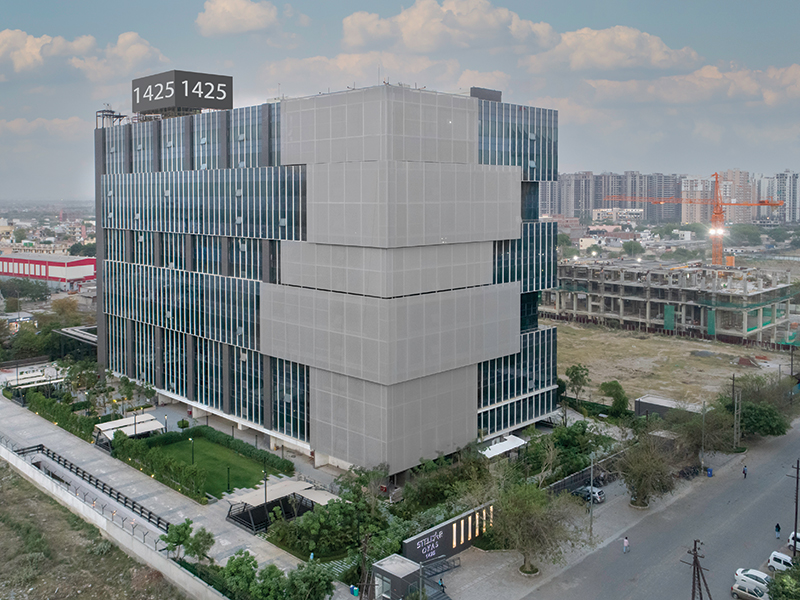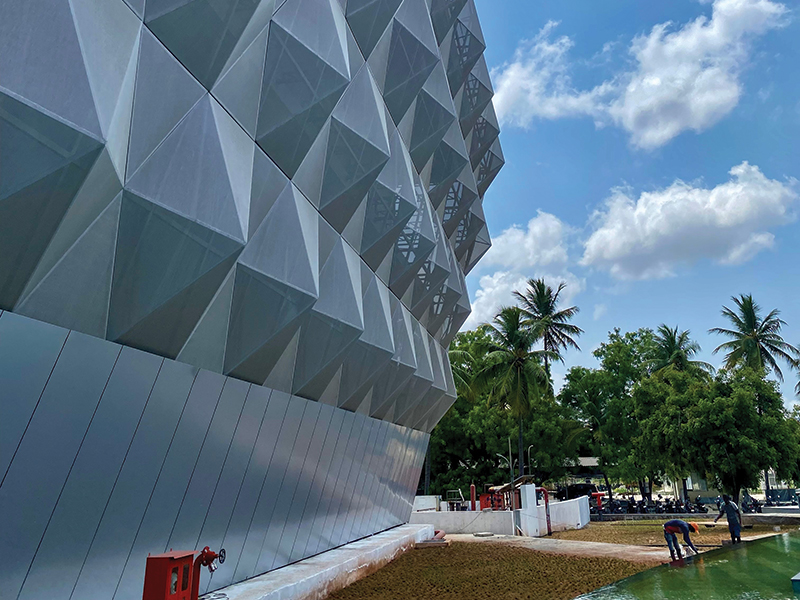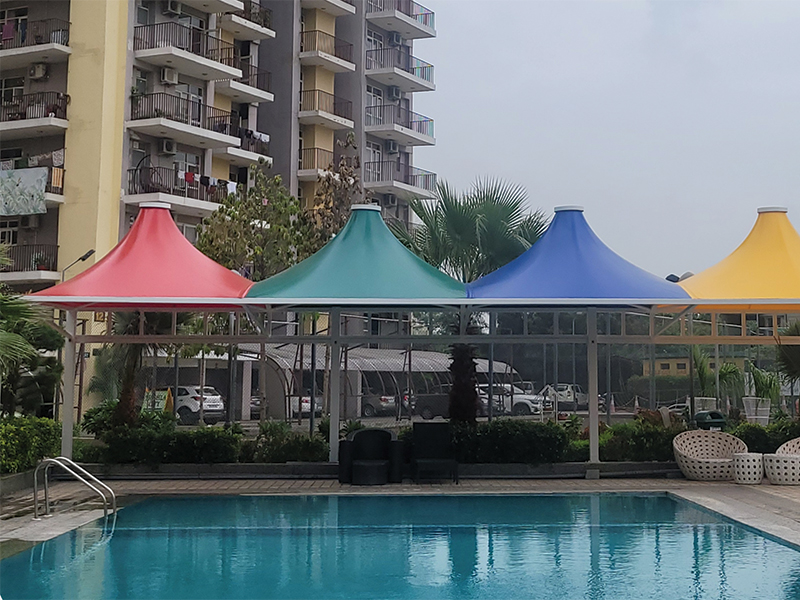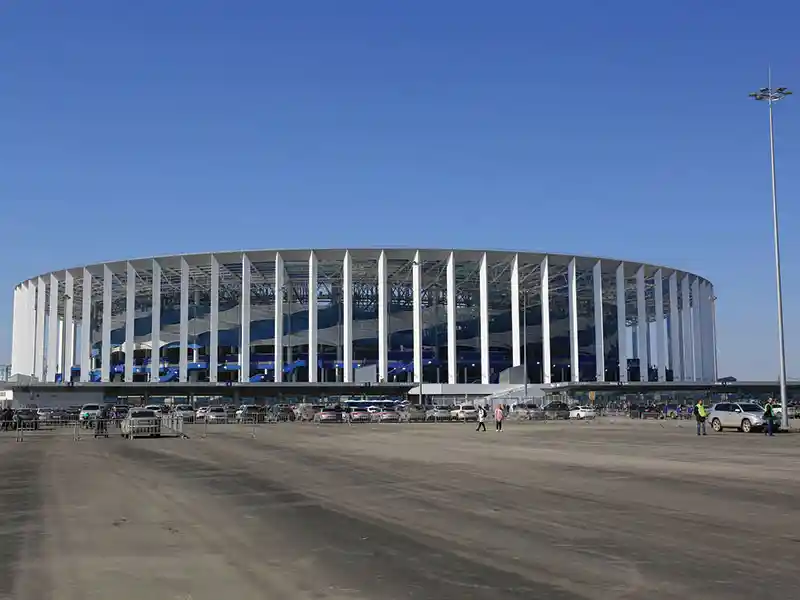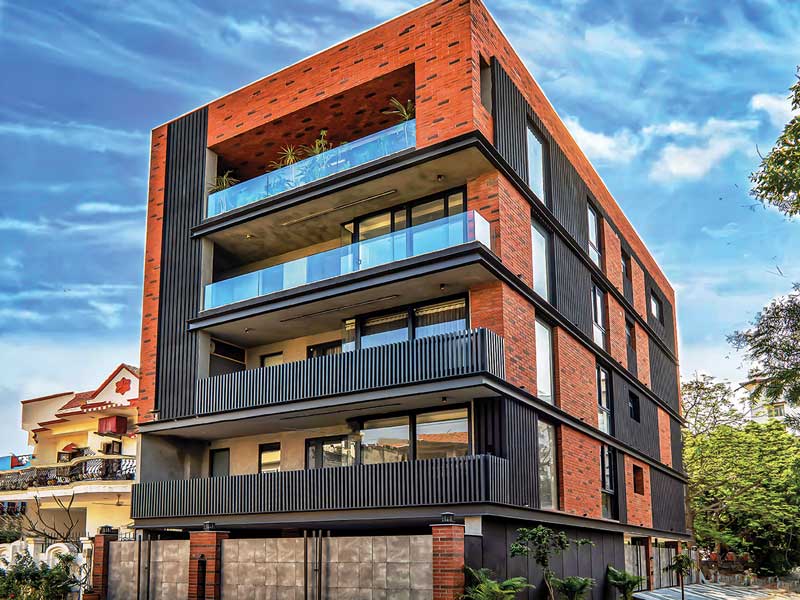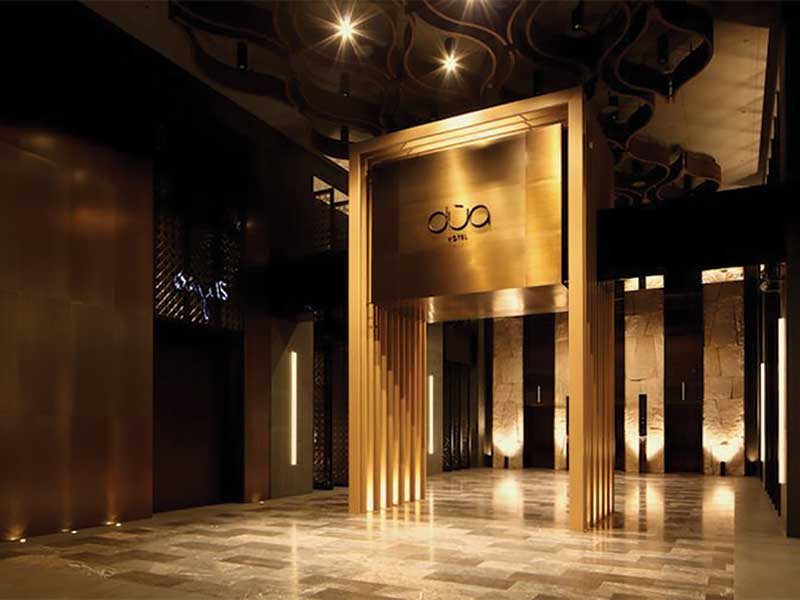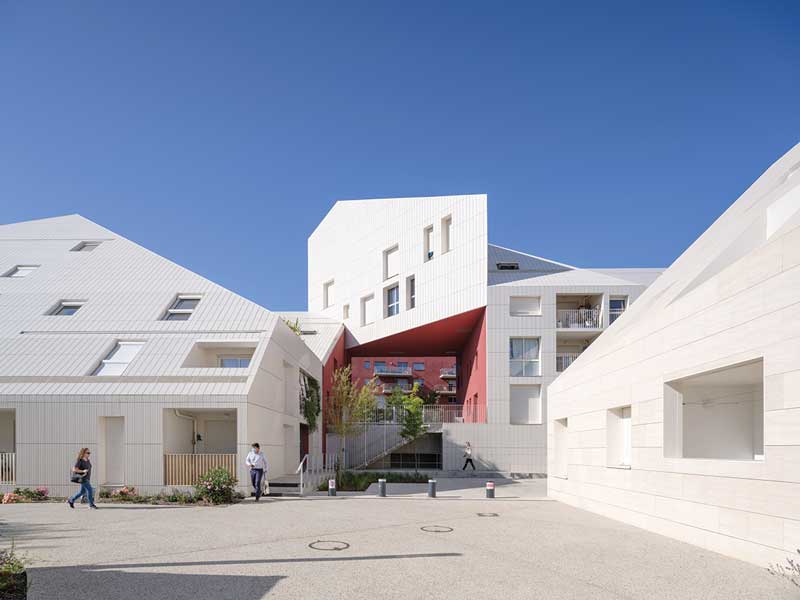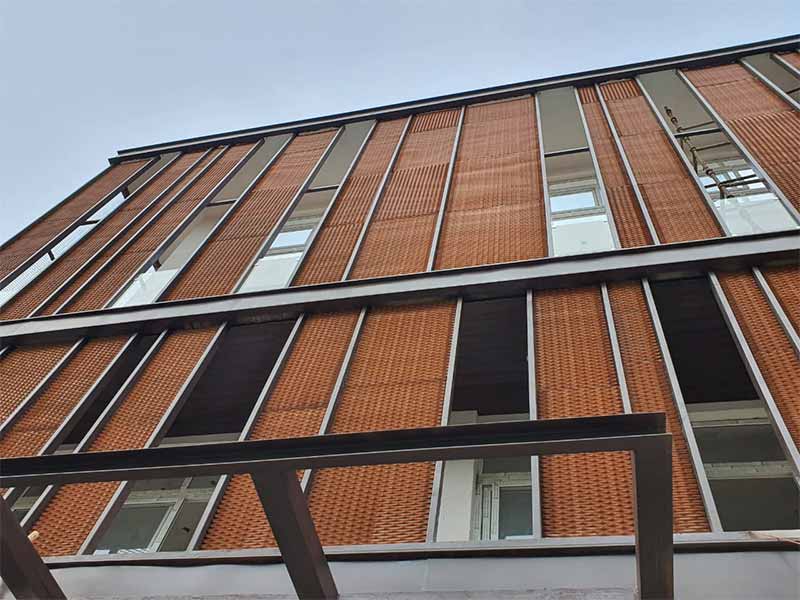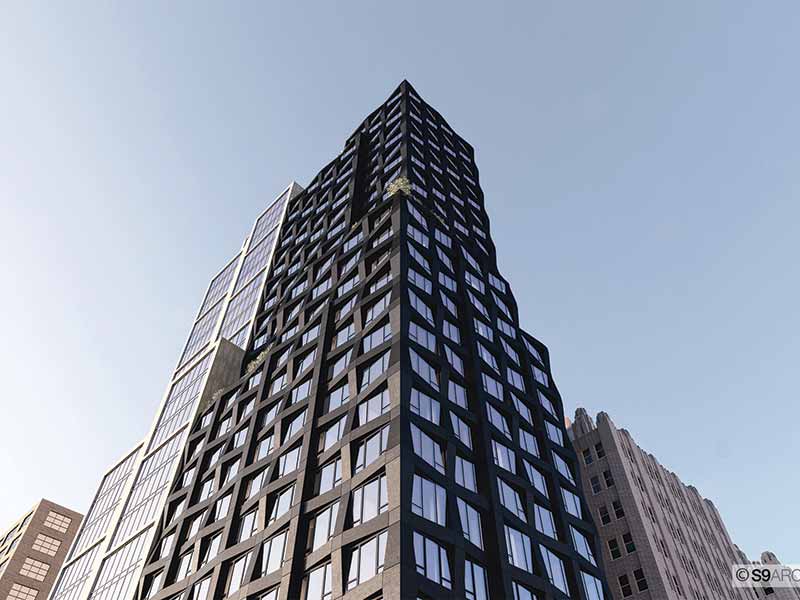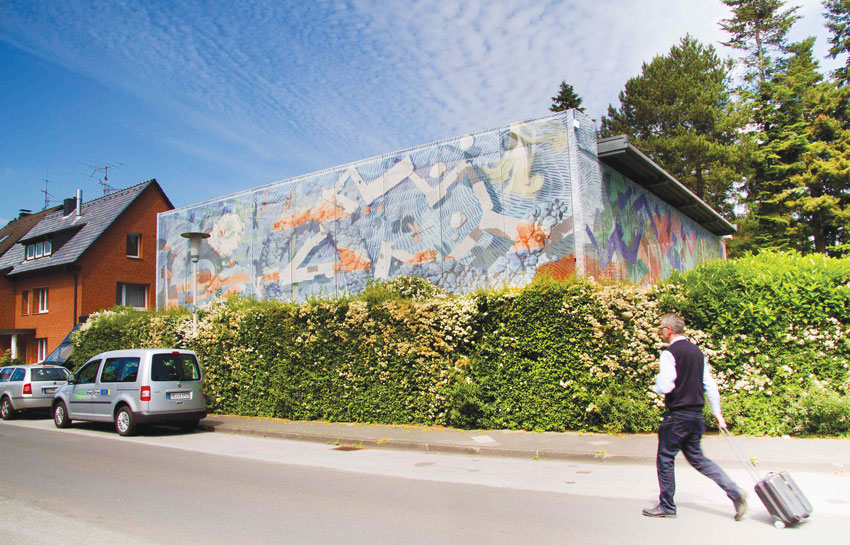
Facade of a building remains undoubtedly the most important from the perspective of designers & developers, as it sets the first impression of the building. For every known facade, it is important to understand its responsiveness towards the geographic location. Talking about tensile membrane, it is more helpful and flexible in design process in comparison to the traditional building material, thus offers more flexibility to make iconic structures, reports, Ar. Himani Ahuja with support from MGS Architecture.
Tension membrane structures, sometimes referred to as fabric structures, originated as far back as nomadic people from the Ice Age and have continued to the present. Early fabric shelters were made of tree branches and animal hides or less frequently, birch bark pieces or latticed leaves. Fabric structures have evolved throughout history by many diverse groups of people around the world living in all types of environments. Through the advancement of materials and technology, tensile membrane structures have transitioned over the years and can be seen on every continent.
Also as the time has gone by of rigid structures made of mere bricks and stones, we are looking towards a new way of design, architecture and technology. The name, tensile structures is often objectified to complex elements of our architectural vocabulary but clearing the air about tensile; we can with ease define them as simple a structure but yet with strong pretensions forming the entire membrane or fabric. While these systems are often used in roofs and pavilions, architects are finding more ways to apply tensile designs especially now in facades.
The Trend
A lot of architects and designers are experimenting with symbolizing forms and complex patterns which are attainable with tensile. The overall façade pattern appears complex from a distance but is actually a simple module repeated and is made more interesting with the use of fritting patterns.Recently advances in lightweight tensile architecture provided realistic solutions to affect a true semi permeable building facade or skin, one that allows the building to breathe, while keeping it safe from adverse impact. Advances in cable technology too, has resulted in an intimate knowledge of tension and mechanical concepts, and improved modelling and analysis techniques which have all combined to create light and dynamic building skins that do not restrict the building form. The question arises why tensile? These lightweight tensile skins or facades, with their small mass relative to their span, use prestressed elements to resist deformation and provide stability over large areas. At the same time they provide identity, reflecting the context and experiences of the building owners.
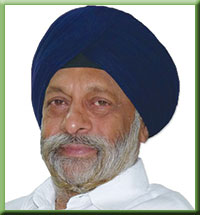
According to Prof. Charanjit Singh Shah, Chairman, Creative Group, "The new technology, innovations and materials have globally revolutionized the creative adoration in visualizing and evolving new philosophies of design and understanding. Façade is a very important element in any built form. The continence of the façade complementing the organic and cosmetic architecture to create exciting and innovative aesthetics is the need of the hour."
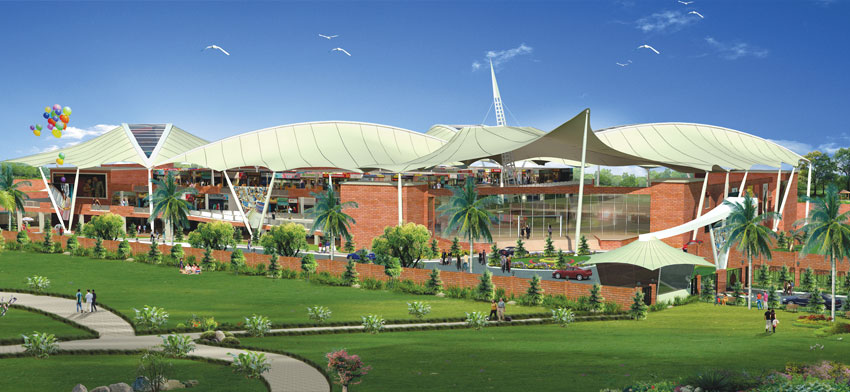
He adds, "Tensile as a 21st century material, though very challenging yet aggressively dominating, can be molded into any form or shape. It can perhaps change the complete cityscape or skyline of the new developments wherein aerodynamic and façade aesthetics beyond imagination could be visualized and made into reality. Such materials can be utilized in terms of their endless applications particularly in façade but only with very clear understanding, feel and taste of the material and its high end technological advancement and superiorities. This material has tremendous potential in creating secondary façade layers which can be an add on as a structural member and an envelope in highrise structures to protect the built form from earthquakes, lateral resistance and other disaster management. Let us look upon this innovative tensile application as a boom in technology to be a satisfying element in visualizing and realizing the architects' perception into reality."
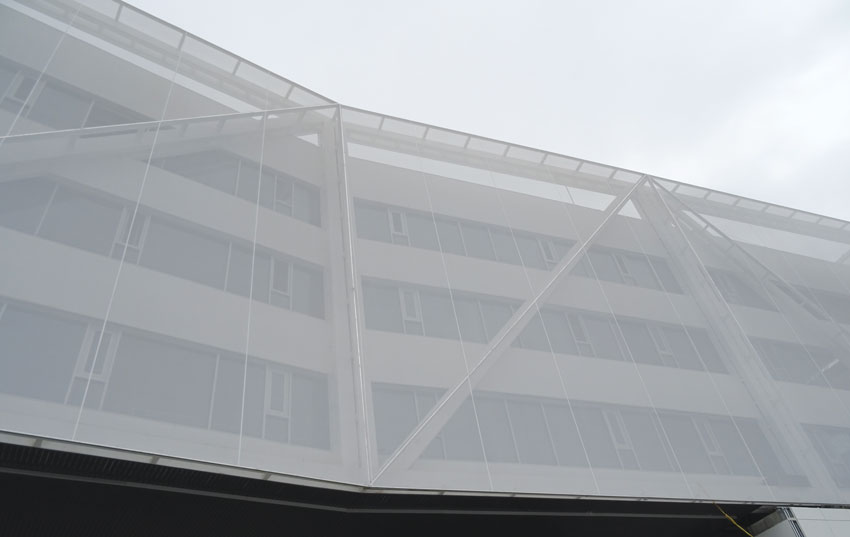
Scope
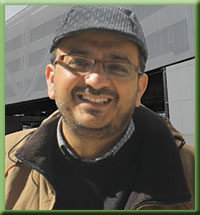
He says, "Tensile membranes have found wide acceptance in the Indian market in wide range of applications. Fabric facades is another very interesting application. Fabric facades in India is pretty new and at present we do not see much happening on this front but we are quite optimistic about its future potential. We offer excellent products for facades and are yet to see them being used in large scale applications. Fabric facades provide wide range of technical and commercial advantages including sun protection and image makeover for old buildings."
Elaborating further he avers, "Less costs, options for advertising also make fabric facades a viable options. Probably we need to reach out to more façade consultants and architects to provide them more know-how about these fabrics."
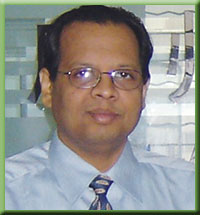
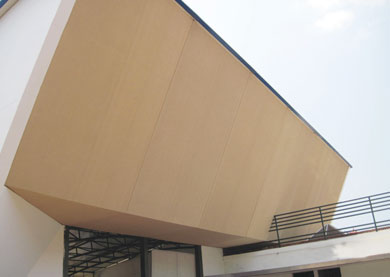
Mentioning about Tensile as a Façade material, he says, "Tensile Facade has not yet picked up in a big way in India. However, it is the ideal solution for facades especially in India, because of the huge advantage in terms of thermal performance. Slowly architects are realizing that sheer Glass walls are not environment-friendly, and increase the requirement of energy to cool the interiors substantially."
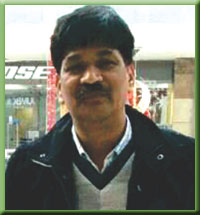
He believes that customers are taking interest in advanced architectural designs too now and designs of tensile canopies looks innovative & promising in exteriors and sunshades seem popular in interiors.

While talking on the Tensile Façade, he avers, "Lightweight, durability, energy-efficiency, eco-friendliness, recyclability, and quick installation, makes tensile material, a good option for façade application. We are sensing huge scope of this application in coming times."
New Materials and Advancements
New materials and the ability to carry forces within the surface, either by membrane stress or cable tension, lead to facade solutions of unique depth and openness, with large spans made possible by balancing the need for reduced self-weight with the application of minimalist and efficient high-tensile cable tendons.Tensile manufacturers have come up with new materials especially for façade application. According to Mr. Aqil, "Low and Bonar Group of which Mehler Texnologies is a part, is a leader in technical textiles. The focus is always to present the best products. Materials especially for façade application have recently seen addition of new range. Mehler have mesh fabrics available for fabric facades known as Valmex TF 400, Valmex TF 600 and Valmex TF 300. These façade membranes are made for long lasting facade application. They are stronger, lighter and more flexible than any other product of this kind. Resistance, Durability and permeability have been the main target characteristics throughout the development. Valmex façade membranes have been engineered to provide solar protection for large and permanent facades and also provide see-through properties against rain water."
Talking about Serge Ferrari offerings for this application, Mr. Mehta says, "Any mesh to be used for a facade application must have the features of allowing natural light transmission, longevity, easy cleaning with non dust-adhesive surface, good tensile strength and dimensional stability. With the FT 381 from Serge Ferrari you have a fabric with 10 years warranty, high longevity, easy cleanability, and unparalleled thermal performance. Commercial 95 from Gale Pacific can also be used as an exterior facade skin, giving excellent thermal performance, attractive textured appearance, and also comes with a 10-year UV warranty."
Issues and Advancements
There are a lot of technological developments witnessed in this industry over the past few years but with advancements come technical and environmental issues. Talking about Mr. Aqil's philosophy, he points out, "Due to the increasing pollution in India; the maintenance of tensile fabrics is becoming difficult and to solve this problem Mehler Texnologies has introduced a new range of tensile membrane called Mehatop N. The surface of Mehatop N is treated with nano lacquering which reduces the surface energy and makes the fabric much easier to maintain. These nano lacquered range from Mehler has found a very good response in India and already a few remarkable projects have come up across India with Mehatop N. Tensile fabrics are now being used in different applications including Metro Station roofs, Stadium roofs, School atrium roofs, etc. Also, "VALMEX&reTF 600, TF 400 and TF 300 mesh products for facades have also being introduced in the market. These products are pretty new in the Indian market and we are spreading awareness about these products to the architects."Mr. Mehta, Sujan Impex Pvt. Ltd. elaborates that the latest technological development in the industry is the upgradation of the highly successful Fluotop T2 to TX30 in the Serge Ferrari range. Serge Ferrari's R&D has developed a new technology of cross linked polymer in the application of the high concentration PVDF topcoat, which makes TX30 unmatched in terms of its cleaning properties and longevity. This fabric now carries a warranty of upto 25 years, with life expectancy of more than 30 years. It is the only fabric which provides a 100% warranty for the first 5 years. Another trend catching up, which he highlights is the use of high quality HDPE Mesh fabrics for shading applications, where solar shading at low cost is important, and 100% waterproofing is not important. For example, the Commercial 95 from Gale Pacific Australia is now used in many applications like Swimming Pool shading, Car Parks, School Playgrounds etc.
Conclusion
There is a great need to spread awareness about the applications and execution of tensile in architecture. How are industry leaders doing it?Mr. Ravi Mehta, Sujan Impex puts light on this by sharing that Sujan Impex was the pioneer to bring in High quality fabrics in India, and a lot of the fabricators in the Tensile industry acknowledge their growth to the support we have provided at the nascent stage, by arranging workshops in France, helping many of the players by providing scholarships to attend the IMS course in Germany, and above all educating the architect fraternity on tensile structures, which were hardly known a decade ago. They have also supported and conducted workshops in architectural colleges, to spread the awareness and knowledge to aspiring architects and continue in this direction, jointly with partners like Serge Ferrari & Gale Pacific.
Whereas Mehler Texnologies has been one of the oldest suppliers of fabrics for Textile Architecture and undertakes many promotional measures to spread awareness about textile architecture, one of the recent ones include series of lectures and events under the head "Tenso Talk" organized in Bangalore, Mumbai and New Delhi. Bringing in renowned architects and fabricators from across India together to deliberate how to produce world class tensile structures in India, renowned personalities including Dr. Robert Off also presented lectures during this series. Mehler Texnologies has an online MAC club (Mehler Architecture Club) which provides architects a lot of information on the happenings going around and aplenty technical data on the fabrics.
From all observations in modern architecture with tensile fabric and booming facades, we see a definite bright future for further developments with the engineering, design and structure of modern architecture utilizing tensile fabric.

